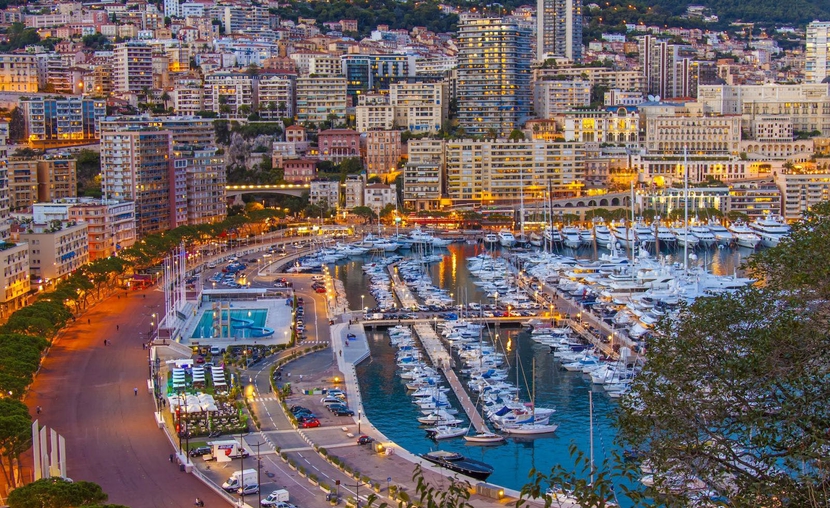Κey criteria, priorities and what they are looking for, according to Knight Frank’s annual “Wealth Report”
While the pandemic brought dramatic
changes all over the world, for people with worth of more than 30
million dollars, it had a positive impact. The sharp drop in interest
rates combined with the unprecedented liquidity that governments and
central banks have channeled into the economy has created ideal
conditions for investment, especially in the luxury home and country
residence industry, even in a ... sterile world. This is the main
conclusion of Knight Frank’s annual survey “The Wealth Report
2021”, which examines where the world’s UHNWIs choose to invest
and live. The survey was conducted between October - November 2020
with the participation of more than 600 private fund managers,
private bankers and family offices representatives, who manage assets
of more than 3.3 trillion dollars.
During 2020 the super rich “population”
increased by 2.4% and now this closed club has about 520,000 members.
As expected, 84% of those who took the survey stress that their
customers intend to limit their travel in 2021.
Key criteria
As a result, a significant drop in
demand for education at internationally renowned universities is
expected, as well as relocations that are usually associated with
such moves. However, for 11% of Asian UHNWIs, choosing a university
for their children will be the main criterion for permanent
relocation, with London being their first choice. London is also the
top choice for buying luxury real estate based on the criteria of
investment, business heft and innovation - it ranks first with New
York – while, based on well-being and environmental conditions,
Helsinki and Madrid stand out.
According to Knight Frank analysts, the
first wave of the pandemic in February created an exodus from the
cities. But this was only temporary, as urban centers are the place
where UHNWIs choose to live. What cities do they choose, with what
criteria?
Business environment, investment
opportunities, quality of life, lifestyle are without a doubt the
factors that determine where they will live. At the top of the City
Wealth Index list are London and New York. Asian cities are led by
Tokyo in fourth place and Hong Kong in fifth place. But Europe is
still the leader with 8 cities in the top 20, mainly due to the
investment environment and lifestyle. North America is represented
with seven cities in the top 20 and Asia with five.
Investments
Based on investment activity, New York
is the most popular choice, as high number of top financial
institutions and investment banks have their headquarters there, not
to mention Wall Street. Of course, for another year, it was London
that saw the largest volume of investments related to real estate,
despite the Brexit restriction. For lifestyle - based on
Michelin-starred restaurants, five-star hotels, airline connectivity
and high-end shops for selected brands -the British capital still
leads, while Paris strengthened its presence, leaving Hong Kong
behind. For well-being, Helsinki makes the surprise and tops the
list.
Prices
Another surprise is the increase in
luxury real estate prices during 2020. According to Knight Frank,
“prices rose because of the pandemic, not despite it”. In fact,
prices rose in the vast majority of major luxury real estate markets.
For Athens, this increase is estimated at 5%.
Auckland led with an 18% increase,
reflecting New Zealand’s effective handling of Covid-19, ultra-low
mortgage rates, and small offer of prime real estate. Asian cities
occupy the next three rankings: Shenzhen (13%), Seoul (12%) and
Manila (10%). According to Knight Frank, the speed of real estate
market recovery in many Asian cities was the biggest success story of
2020, since sales volumes across 30 major Chinese cities have
returned to the levels observed in 2019. In North America the average
price increase in luxury property is 6.3% with Palm Beach standing
out with 20 transactions of more than $ 20 million each. On the other
hand, the decline in prices by 5% in New York is remarkable. It is
attributed to lockdowns, but the market has begun to recover, with
last December’s transactions showing a rise of 14% on a yearly
basis.

